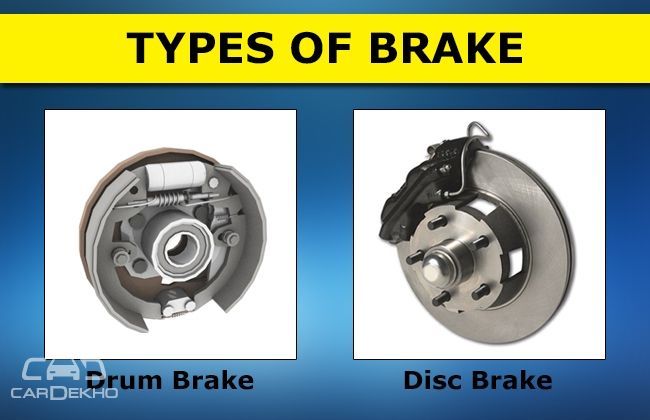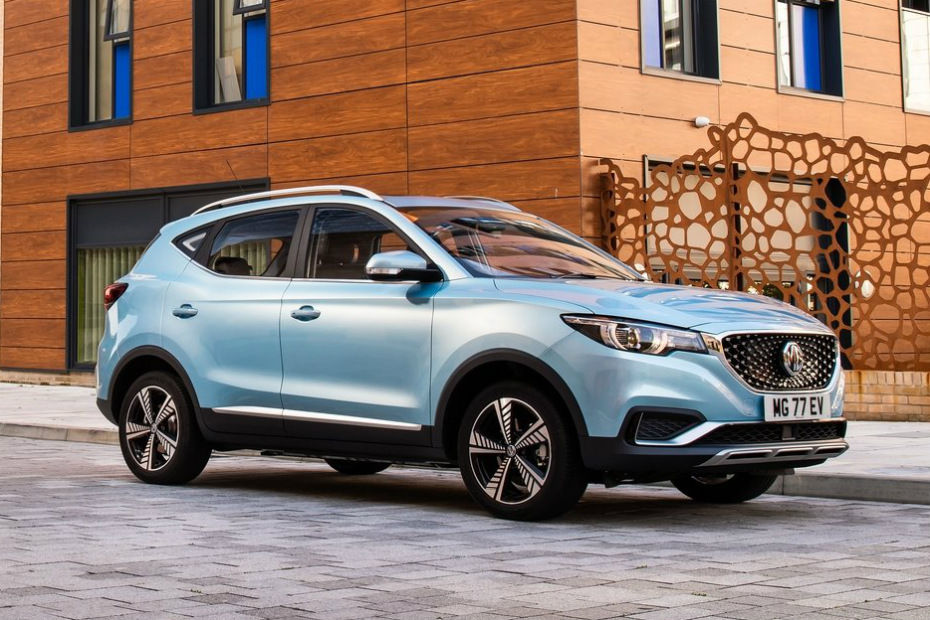Know your car brakes
Modified On Feb 20, 2015 03:28 PM By Firdaus
- 2 Comments
- Write a comment
Brakes are one of the most important components of a car as they’re the primary source to bring the car to a halt. Failure to brake can result in a disaster and manufacturers are increasingly working to make braking on their vehicles efficient for better passenger safety. Different vehicles use different types of brakes; while some use a basic drum brake, some use a disc brake and then of course there are added technologies such as ABS and ESP which further aid in better braking.
Most braking systems consist of the following components:
1. Brake rotor
2. Caliper
3. Brake pads
4. Cylinder
5. Brake shoe
Here are some of the types of brakes that are used in modern day cars:

Disc brakes
Disc brakes are one of the most efficient brakes in existence and by far are the most widely used as well. These consist of a disc brake rotor which is attached to the wheel, and a caliper which holds the brake pads in place. The master cylinder exerts hydraulic pressure causing the caliper (piston) to clamp the rotor between the disc brake pads causing friction between the pads and the rotor, bringing the car to a halt.

Drum brakes
A drum brake assembly consists of a brake drum attached to the main wheel, a wheel cylinder, brake shoes, and brake return springs. Hydraulic pressure from the master cylinder makes the wheel cylinder press the brake shoes against the brake drum, creating friction between the shoes and the drum slowing down the vehicle. In practicality, drum brakes are a little less effective than disc brakes, and are used in low powered vehicles.

Anti-lock brakes (ABS)
Most new vehicles come with ABS to help enable better braking. These are computer controlled and prevent the brakes from locking, particularly in scenarios of sudden braking; since they inhibit the brakes from locking, they also prevent tires from skidding. The ABS system works by monitoring the speed of each wheel of the vehicle, automatically pulsing the brake pressure on or off rapidly on any of the wheels capable of skidding. This is extremely beneficial when driving in wet conditions or slippery roads. ABS works with the primary brakes also called as service brake, to decrease stopping distance, increasing control and stability of the vehicle.
Electronic Stability Program (ESP)
ESP also uses computerized technology to ensure a vehicle’s stability. It detects the lack of traction on a particular wheel, along with the loss of steering and automatically applies brakes to steer the vehicle in the direction the driver intends the car to go in. The braking is done automatically on the wheels with the uses of sensors. Technologies like Electronic Stability Program (ESP) and Anti-lock Brake System (ABS) work with only disc brakes and not drum Brakes are one of the most important components of a car as they’re the primary source to bring the car to a halt. Failure to brake can result in a disaster and manufacturers are increasingly working to make braking on their vehicles efficient for better passenger safety. Different vehicles use different types of brakes; while some use a basic drum brake, some use a disc brake and then of course there are added technologies such as ABS and ESP which further aid in better braking.
Emergency brakes
All vehicles have two brakes, the service brakes/ primary brake and an emergency brake also known as the parking brake; these brakes are not dependent on any hydraulics and work independently. Emergency brakes aka parking brakes use cables to mechanically stop the car and they target the rear brakes. Parking brakes as the name suggests are used to keep the vehicle stationary, or to ensure the vehicle doesn’t roll away when parked on slopes. They are also used in emergency situations and for drift maniacs for drifting.












